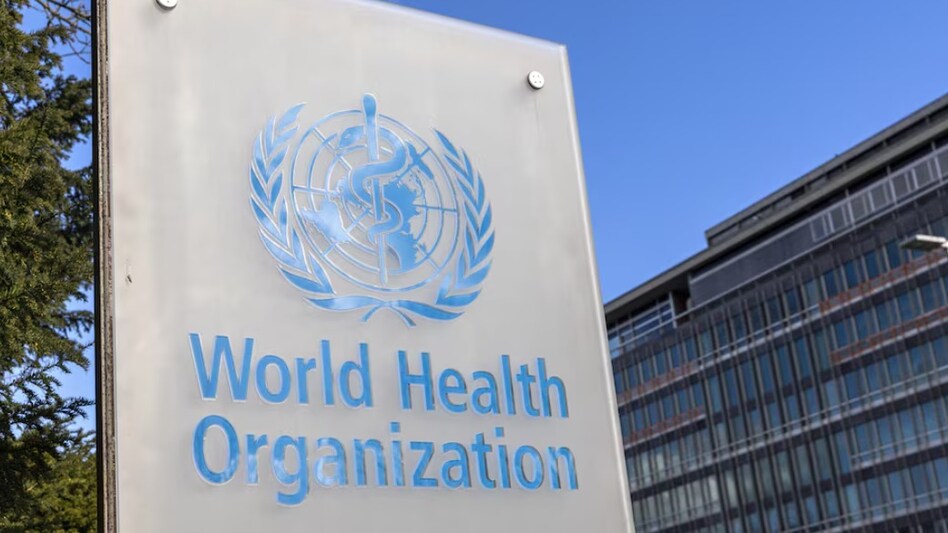 WHO Director-General Dr Tedros Adhanom Ghebreyesus emphasised the importance of digital health in addressing these challenges.
WHO Director-General Dr Tedros Adhanom Ghebreyesus emphasised the importance of digital health in addressing these challenges. WHO Director-General Dr Tedros Adhanom Ghebreyesus emphasised the importance of digital health in addressing these challenges.
WHO Director-General Dr Tedros Adhanom Ghebreyesus emphasised the importance of digital health in addressing these challenges.An additional investment of $0.24 per patient per year in digital health interventions, such as telemedicine and mobile messaging, could help save over 2 million lives from non-communicable diseases (NCDs) over the next decade, according to a new report by the World Health Organization (WHO) and the International Telecommunication Union (ITU). This investment could also avert approximately 7 million acute events and hospitalisations, reducing pressure on healthcare systems worldwide.
The report, titled "Going Digital for Noncommunicable Diseases: The Case for Action," was launched during the 79th United Nations General Assembly and highlights the role of digital health in addressing NCDs, which account for 74% of global deaths each year. These diseases, including cardiovascular conditions, cancer, diabetes, and chronic respiratory illnesses, can often be prevented through improved access to care.
WHO Director-General Dr Tedros Adhanom Ghebreyesus emphasised the importance of digital health in addressing these challenges. “The future of health is digital. But to make this vision a reality, we need both resources and collaboration,” he said. “No single organisation can do it alone. We call on governments, partners, and donors to come together, invest strategically, and ensure that these innovations reach those who need them most.”
The report mentions India’s use of digital technologies to address healthcare disparities, particularly in rural areas where more than 65% of the population lives. Over 75% of healthcare workers and over 60% of health facilities are concentrated in urban areas, creating challenges in providing equitable healthcare. To address this, the Indian government launched the eSanjeevani telemedicine platform in 2019.
Telemedicine has been found to be an effective alternative when in-person care is not possible. Studies show that telemedicine provides diagnostic and treatment outcomes similar to face-to-face consultations, with concordance rates of 74% for hypertension and 80% for diabetes, the report said.
Private sector initiatives like Intelehealth have also played a role in expanding healthcare access.
Intelehealth developed a low-bandwidth, open-source telemedicine platform that connects patients in remote areas with doctors. Using its AI-based digital assistant, Ayu, local health workers can gather patient information, conduct basic diagnostics, and refer cases to doctors for further treatment.
Intelehealth has been implemented in over 14 projects across 12 states in India, in collaboration with non-profits and government partners. The initiative has reduced the distance travelled by patients for primary care by 70% and lowered costs by 60%, the report said.
The WHO report calls for greater investment in digital public infrastructure to integrate these innovations into national healthcare systems more effectively, particularly in rural areas like those in India.